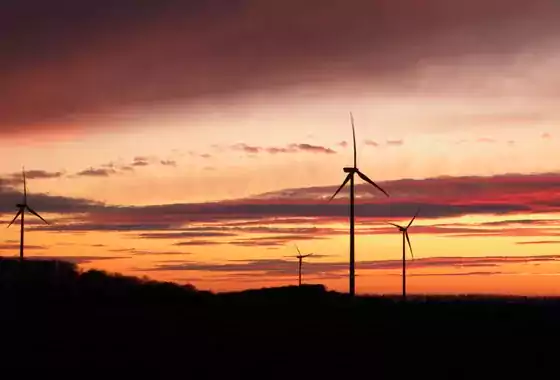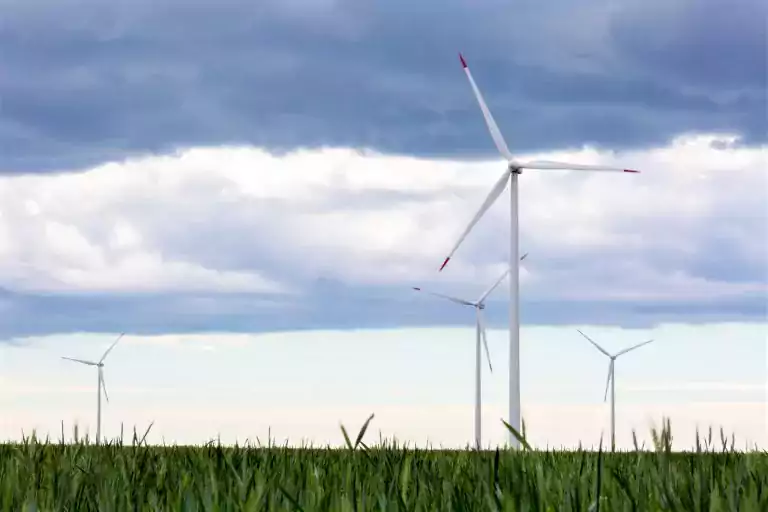The largest wind farm in Bulgaria St. Nikola produced nearly 28% more electricity in the first 6 months of 2020 compared to 2019
July 6, 2020
The 52 turbines of the wind farm near Kavarna generated 198,562 MWh of clean energy for the Bulgarian consumers
The largest wind farm in Bulgaria St. Nikola produced nearly 28% more electricity for the first 6 months of 2020 compared to the same period in 2019. From early January to late June this year, the 52 wind turbines of St. Nikola Wind Farm provided 198,562 MWh of clean energy for the Bulgarian consumers. For the same period last year, the wind power generated was 155,298 MWh.
In March, St. Nikola Wind Farm celebrated its 10th anniversary since the start of its commercial operations. The farm has a total installed capacity of 156 MWh and provides over 22% of the total installed wind capacities in Bulgaria, at the same time contributing to Bulgaria’s commitment to fulfilling the EU requirements for the RES share in the overall energy mix. For 10 years of operations, St. Nikola Wind Farm generated 3,2 million MWh of wind and reliable energy and saved Bulgaria around 2.6 million tons of carbon emissions.
St. Nikola Wind Farm is owned by AES Geo Energy and is one of the two energy projects of AES in Bulgaria – the global technology leader and the largest investor in the Bulgarian energy sector for the last more than 30 years. The investment in the project St. Nikola Wind Farm amounts to BGN 540 million, provided as a capital by The AES Corporation and as financing by the European Bank for Reconstruction and Development and the International Finance Corporation – part of the World Bank.
St. Nikola Wind Farm is at the core of the Integrated Early Warning System for Bird Protection, which complies with the European requirements for conservation of wild birds. The integrated system minimizes the risk of bird collisions with the rotating parts of the wind turbines by stopping single turbines or the entire wind farm, and implements a monitoring program during the risk periods for species of conservation significance. The system integrates information from several radar systems, as well as direct on-site monitoring by ornithologists, who regularly monitor birds in the area, assess potential hazards and, where necessary, issue turbine shutdown orders.

